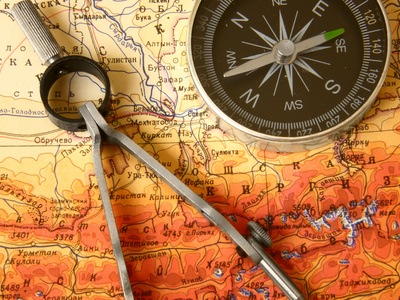After World War 1, many countries saw the rise of dictators. Stalin in the Soviet Union and Hitler in Germany were all powerful rulers. The ideology of their regimes was quite different; Stalin ruled over a communist nation, Hitler made NAZI Germany a fascist nation based on the idea of Aryan superiority. Although their ruling ideas were quite different, they had a common goal: the total control of their people and governments. For this reason, they are called totalitarian regimes. In Germany democracy failed, as Hitler came to power. In Russia democracy was never established and the nation went from a monarchy and Tsarist rule, to a communist dictatorship. Each dictator used a combination of persuasion and force to bend the nation to their will. Opponents were eliminated and opposing ideas were brutally surpressed. The dictators maintained control over vast militaries, and by the late 1930's the NAZI regime expanded, taking over its neighbors and ultimately plunging the world into World War II.
Presentations
Reading
- Ch. 7 Sec.5
- Ch. 11 Sec. 5
- Ch. 13 Sec. 4
- Ch. 13.3
- Ch. 13.5 Part 1 Weimar and the Rise of Hitler
- Ch. 13.5 Part 2 Hitler and the Nazis Take Over Germany
Activities
- Comparing Social Structures France and Russia
- Historical Parallels: France and Russia
- Recipe for a Revolution
- Germany's Weimar Republic - Website
Video
- The Russian Revolution - Part 1
- The Russian Revolution - Part 2
- The Russian Revolution - Part 3
- The Industrialization of the Soviet Union under Stalin
- Benito Mussolini - Italy's Nightmare
- The Rise of Adolph Hitler - Discovery channel
- Hitler Takes Power - Watch to Learn
- Confessions of a Hitler Youth - HBO Special
